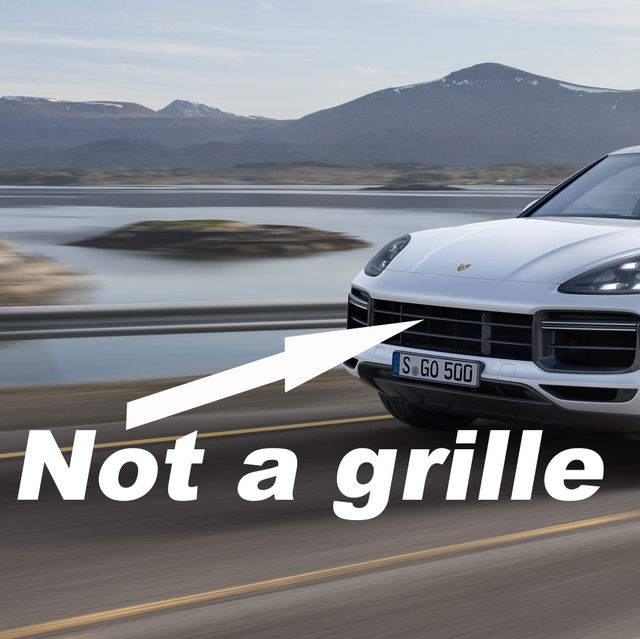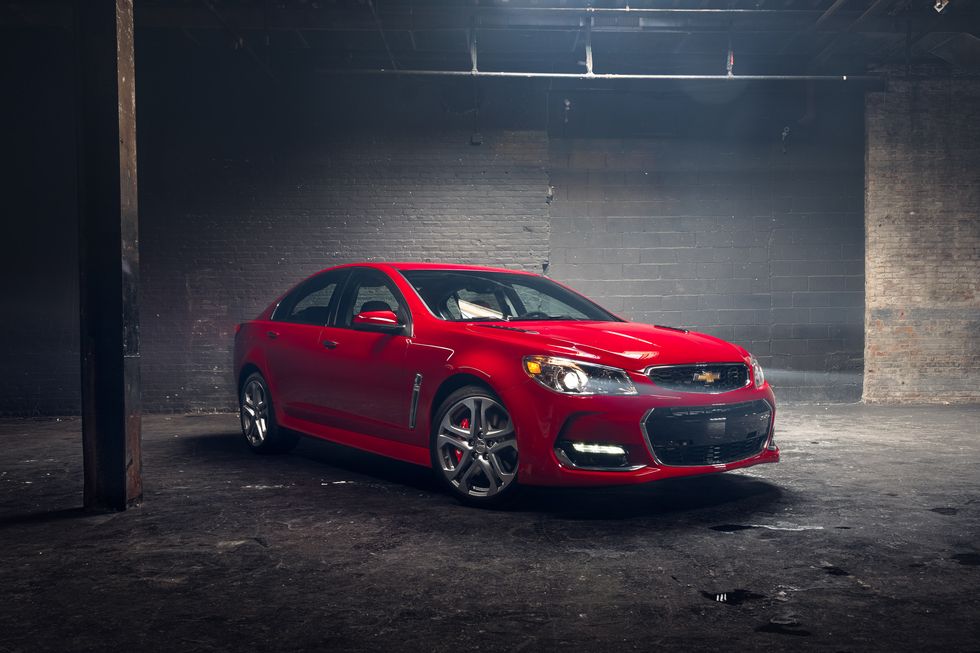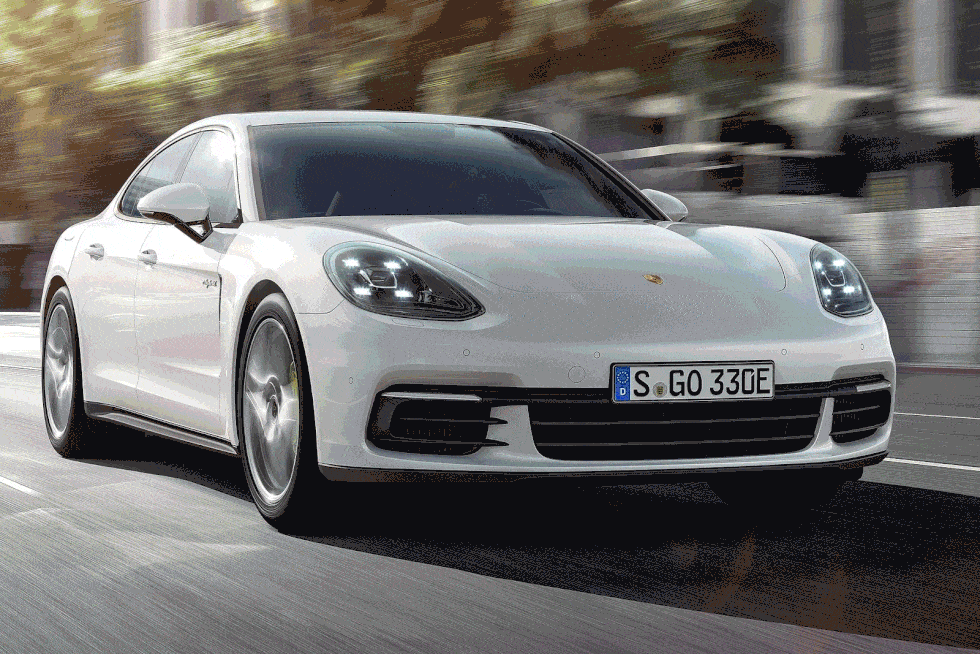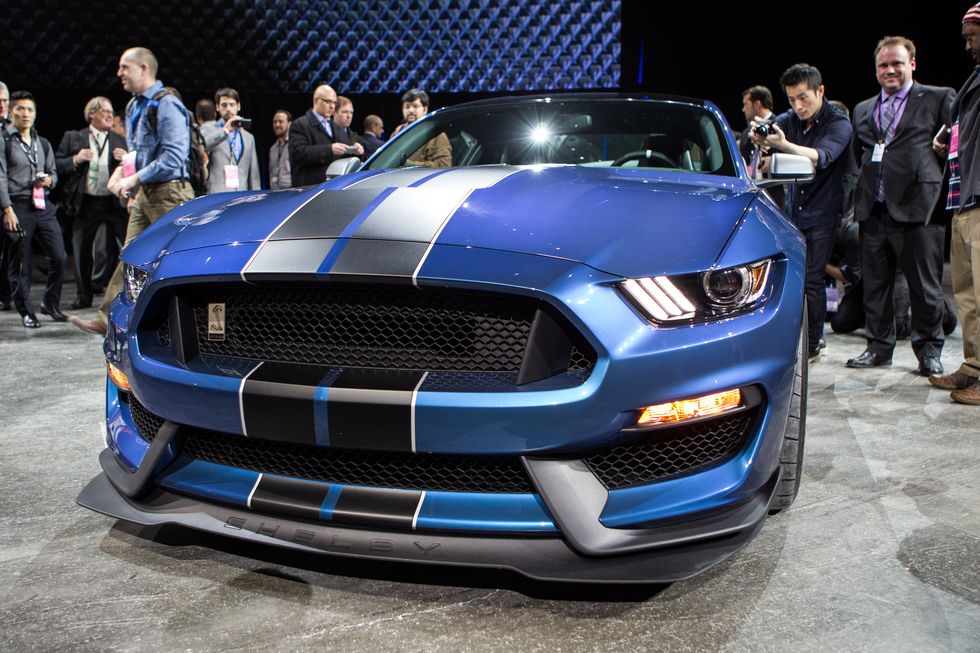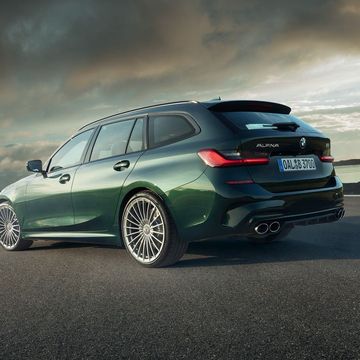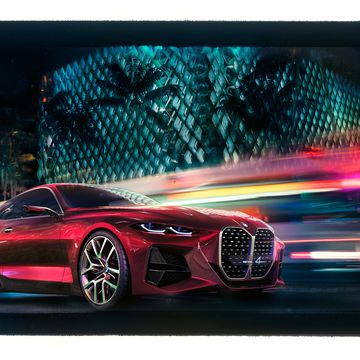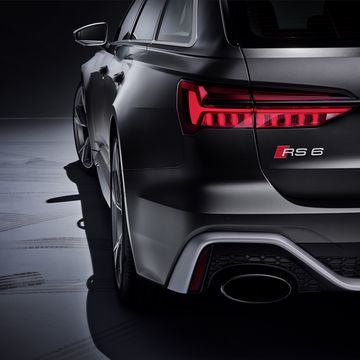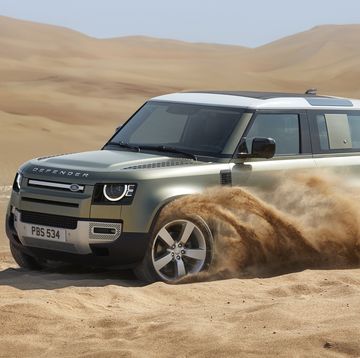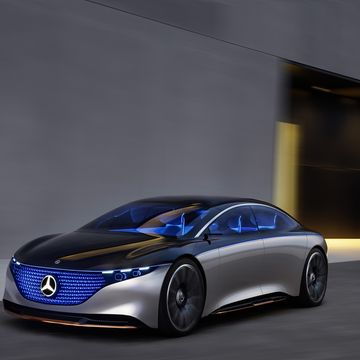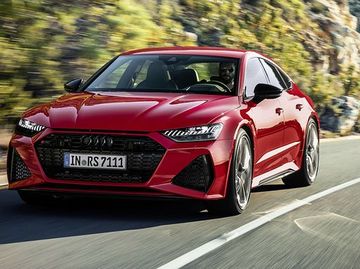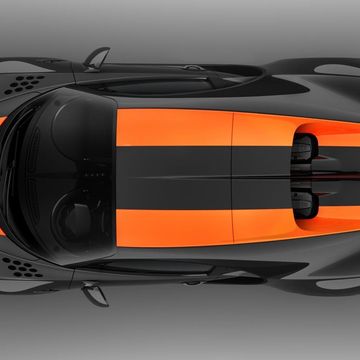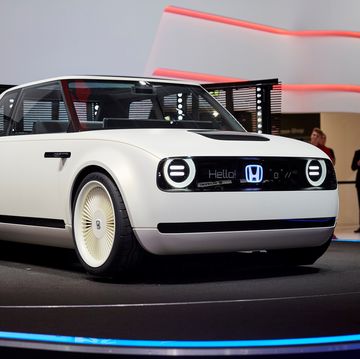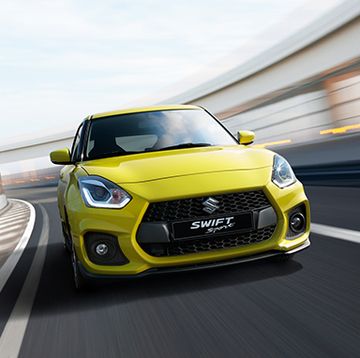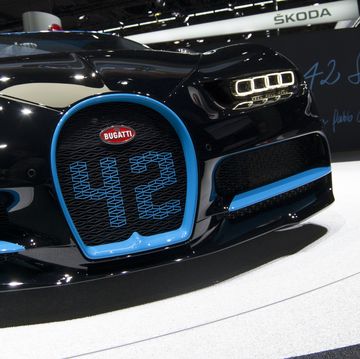At the 2017 Frankfurt Motor Show, I had the chance to sit down with Porsche Chief Designer (and now head of design for all of VW Group) Michael Mauer. We started out by discussing the design of the new Porsche Cayenne Turbo, the 550-horsepower SUV unveiled at the Frankfurt show. But soon, we were discussing Porsche's overall design theory, the themes and concepts shared by all of the brand's models—past, present, and in the foreseeable future. And Mauer revealed something I'd never noticed previously about Porsches—but that I can't stop seeing now.
"In the front, Porsche has never had a grille," Mauer told me. "It's always an air intake. Other cars have a grille and an air intake. Traditionally Porsches just had an air intake because the engine was in the back."
What's the distinction between a grille and an air intake? "A grille is always in the upper part," Mauer said, "where you have a lot of chrome. If you take Audi, you have the rings, or Mercedes has the star. That’s the upper part which, together with the headlights, really defines the 'face.' And then one level further down you have the air intake, which doesn’t have the task of defining brand language, it’s just purely functional, to bring air in.
"So since with the first 911, the engine was in the back, you just needed small air intakes in the front," Mauer continued. "And the face of a Porsche was defined not by a grille but by the fact that you had this architecture with just the badge on the hood. We tried to bring this philosophy into the Cayenne and Panamera. Otherwise we would have had to develop another design item [on the upper level]."
Maybe you've noticed this on Porsches before, but I'd never heard it described as a purposeful Porsche design feature. On most cars, the front-end design is divided into two levels, with the split occurring around the bottom of the headlights. On some cars, you don't even notice the below-the-headlights air intakes. They're nearly invisible as a design feature, something you ignore—likely because, on most cars, your eye is drawn to the grille, the major design piece that sits between the headlights.
Now compare that to any Porsche you can recall of, old or new. On every example I can think of, all the air intakes reside below the bottom of the headlights. There's no "grille"—meaning, no decorative air inlet in the same plane as the headlights. There's only a functional air intake (or multiple intakes) in the bottom of the bumper.
What's most impressive is that Porsche has stuck with this design language even on its modern lineup of vehicles—the Panamera sedan and the Cayenne and Macan SUVs. "This is quite a challenge if you have a big engine in the front which has to be cooled down," Mauer said.
And there's a form-follows-function aspect here, too. Porsche has never included a fake air intake on any of its cars. Compare this to most modern automotive grilles, where only a small portion of the "grille" actually flows air. The current-generation Ford Mustang is just one of innumerable examples of this: Look closely at the grille, and you'll realize only a small rectangular portion of the Mustang's gaping mouth is open to airflow.
Porsche's dedication to grille-less design is a factor of tradition going all the way back to the original 911. "We have these design cues that we say are our brand identity cues," Mauer told me. "The topography over the hood—the fenders are higher than the hood. You have this movement which comes from the 911, since the engine is in the back. The Cayenne has the engine in the front, but still you have this kind of landscape The execution is always different from a 911 to a Cayenne, but you could say the basic design pattern is always following the same rules."

Bob Sorokanich previously served as deputy editor of Road & Track Magazine. He is based in New York City.
